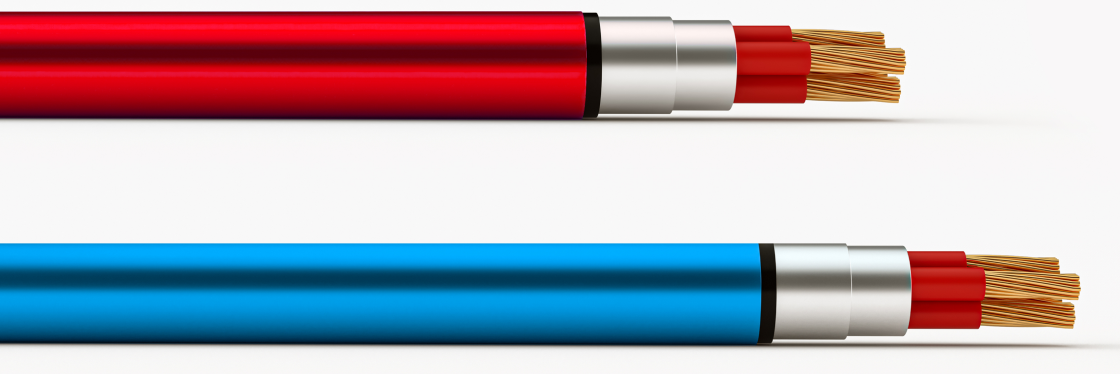Class 2 vs Class 5 Wires: Which Is Best for Your Home?
Table of Contents
- 1. What Are Class 2 and Class 5 Wires?
- 2. Flexibility: Which Wire Is More Adaptable?
- 3. Safety & Performance Differences
- 4. Where Should You Use Each Type?
- 5. Pros and Cons of Class 2 vs Class 5 Wires
- 6. Key Statistics & Expert Advice
- 7. Final Recommendation & Call-to-Action
What Are Class 2 and Class 5 Wires?
When wiring your home, the right choice of wires matters for safety and efficiency.
Class 2 wires are made of several thicker copper strands.
Class 5 wires contain many fine, thin copper strands.
Both types can carry the same electrical load if they share the same cross-sectional area, but their structure—and best uses—are quite different.
Flexibility: Which Wire Is More Adaptable?
Class 2 wires are less flexible but more robust. They’re designed to be installed once and left alone, perfect for hidden wiring in walls and ceilings.
Class 5 wires are highly flexible—ideal for situations where movement or bending is required, such as in plugs, power cords, and extension cables. Their flexibility comes from the higher number of thinner copper strands.
Safety & Performance Differences
Resistance: Class 2 wires have lower resistance, which means less electrical energy is lost as heat. Class 5 wires, with thinner strands and less copper, have higher resistance and can get warm quicker under load.
Durability: Class 2 is more rigid and durable against mechanical damage, making it safer for permanent wiring.
Efficiency: Lower resistance in Class 2 wires saves energy and supports sustainability.
| Feature | Class 2 Wire | Class 5 Wire |
|---|---|---|
| Strands | Few, thick | Many, thin |
| Flexibility | Low | High |
| Resistance | Low | Higher |
| Durability | High | Moderate |
| Typical Use | Fixed installations | Cords, appliances |
Where Should You Use Each Type?
Class 2:
Built-in, fixed wiring (inside walls, conduits, switchboards)
Permanent fixtures in homes and buildings
Areas where wire movement is minimal
Class 5:
Power cords, extension boards, flexible connections
Appliances and areas needing frequent bending
Switchboards and temporary setups
Pros and Cons of Class 2 vs Class 5 Wires
Class 2 Wire
Pros
Lower energy loss (reduces electricity bills)
Greater safety and mechanical strength
Less frequent replacement
Cons
More expensive upfront
Rigid, not suitable for moving applications
Class 5 Wire
Pros
Cheaper initially
Very flexible and versatile
Cons
Higher power loss over time (may raise electricity costs)
Less durable for permanent setups
Slightly less safe for fixed wiring, especially in large buildings
Key Statistics & Expert Advice
Class 2 wires have about 8-9% lower heat loss compared to Class 5, making them more energy-efficient over time.
Class 5 wires usually have less copper content (around 8% less), which increases resistance and potential power loss.
Many electrical and safety codes around the world (but not always in India) recommend Class 2 for fixed building wiring to limit long-term risks and save on energy costs.
Final Recommendation & Call-to-Action
Remember:
Choose Class 2 wires for hidden, permanent wiring in your home to maximize safety and efficiency.
Select Class 5 wires only for devices or areas requiring frequent movement/flexibility.
Before any installation, always consult a licensed electrician to match the right type of wire to your needs. Your home’s safety, efficiency, and long-term savings depend on the right wiring!
